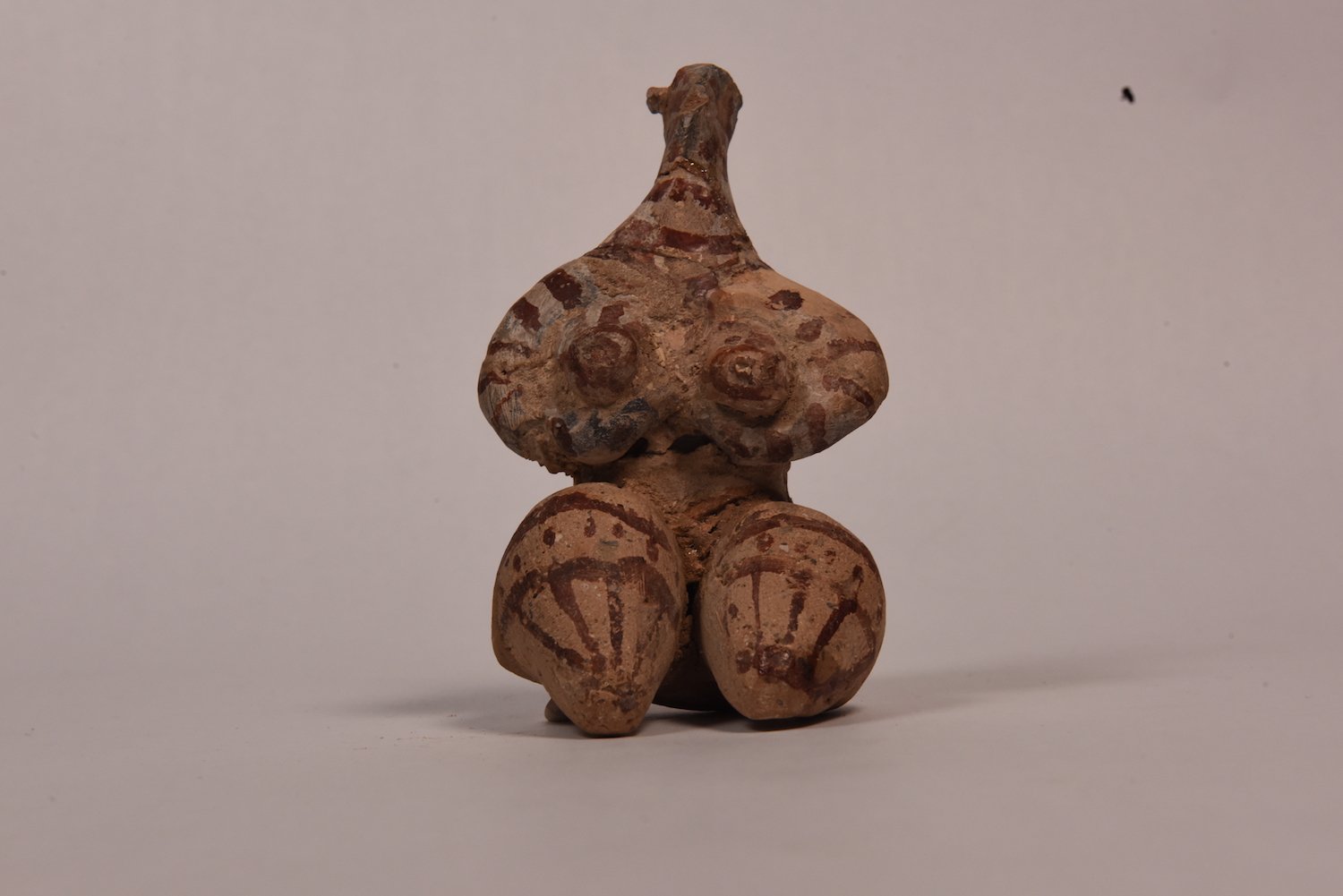
The Ruya Foundation, organizer of the Iraqi pavilion at Venice, has announced that a total of 40 ancient Iraqi artifacts, some of them looted and since retrieved, will be featured in the national pavilion alongside works by eight modern and contemporary Iraqi artists and a new commission by Francis Alÿs, who held art workshops at an Iraqi refugee camp last year.
The ambitious exhibition, titled “Archaic,” will stage a dialogue between the modern and contemporary works and antiquities loaned by the Iraq Museum spanning six millennia, from the Neolithic Age to the Neo-Babylonian Period.
Most of these 40 items have never left Iraq, except for a few that had been recovered after the 2003 looting of the Museum, and returned to Iraq from the Netherlands via an Interpol directive in 2010.
They include a Babylonian stone weight measure in the shape of a dove and an exquisite clay figurine depicting what is presumed to be a fertility goddess dating from around 5,000 BCE.
“In exploring Iraq’s artistic heritage from the Neolithic Age to the present, ‘Archaic’ will also explore the different ways in which Iraq’s ancient past has affected its Modern and contemporary visual languages, examining the opportunities and restrictions presented to the nation by its immense ancient inheritance, in the context of today’s fragile reality,” said the curators of the exhibition, Tamara Chalabi, chair and co-founder of the Ruya Foundation, and Paolo Colombo, art adviser at the Istanbul Museum of Modern Art.
The selection of artifacts was made by Chalabi in collaboration with Qais Hussein Rashid, director of the department of antiquities at the Iraq Museum, his team, and and archaeologist Lamia Gailani Werr.
All works —antiquities, modern, and contemporary pieces alike—will be displayed in custom-designed vitrines, as is typical of displays in archeological museums, creating a conceptual continuum between works across history.
The exhibition space housing the pavilion is particularly fitting for this historically-minded exhibition: a historically listed, disused library, created during a 19th-century neo-gothic expansion of the Palazzo Cavalli-Franchetti, overlooking Venice’s Grand Canal.
The contemporary Iraqi artists who will be featured in the exhibition are Luay Fadhil, Sherko Abbas, Sakar Sleman, Ali Arkady, Sadik Kwaish Alfraji, and Nadine Hattom. Meanwhile, the two Modern artists in the show are Jawad Salim and Shaker Hassan Al Said.